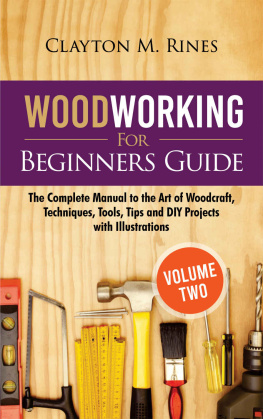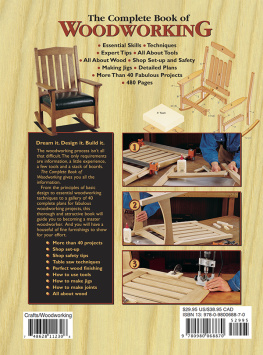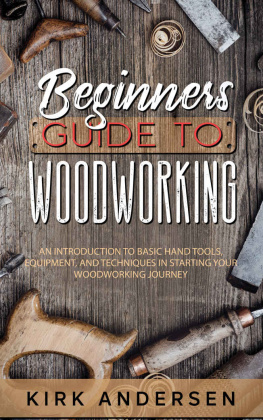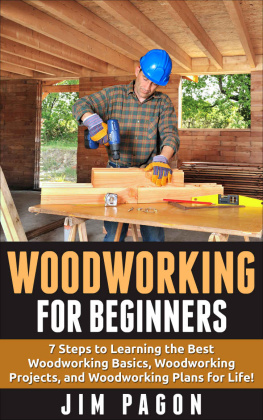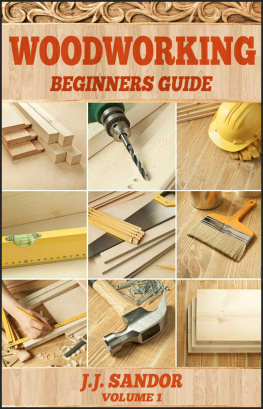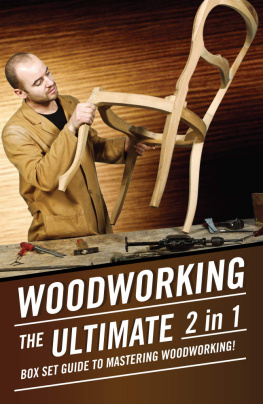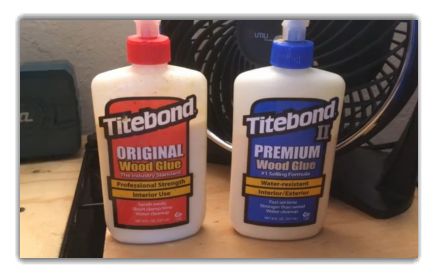Clayton M. Rines - Woodworking for Beginners Guide (Volume 2): The Complete Manual to the Art of Woodcraft, Techniques, Tools, Tips and DIY Projects with Illustrations
Here you can read online Clayton M. Rines - Woodworking for Beginners Guide (Volume 2): The Complete Manual to the Art of Woodcraft, Techniques, Tools, Tips and DIY Projects with Illustrations full text of the book (entire story) in english for free. Download pdf and epub, get meaning, cover and reviews about this ebook. genre: Children. Description of the work, (preface) as well as reviews are available. Best literature library LitArk.com created for fans of good reading and offers a wide selection of genres:
Romance novel
Science fiction
Adventure
Detective
Science
History
Home and family
Prose
Art
Politics
Computer
Non-fiction
Religion
Business
Children
Humor
Choose a favorite category and find really read worthwhile books. Enjoy immersion in the world of imagination, feel the emotions of the characters or learn something new for yourself, make an fascinating discovery.
- Book:Woodworking for Beginners Guide (Volume 2): The Complete Manual to the Art of Woodcraft, Techniques, Tools, Tips and DIY Projects with Illustrations
- Author:
- Genre:
- Rating:4 / 5
- Favourites:Add to favourites
- Your mark:
Woodworking for Beginners Guide (Volume 2): The Complete Manual to the Art of Woodcraft, Techniques, Tools, Tips and DIY Projects with Illustrations: summary, description and annotation
We offer to read an annotation, description, summary or preface (depends on what the author of the book "Woodworking for Beginners Guide (Volume 2): The Complete Manual to the Art of Woodcraft, Techniques, Tools, Tips and DIY Projects with Illustrations" wrote himself). If you haven't found the necessary information about the book — write in the comments, we will try to find it.
Woodworking delight for all ages!
This is the second instalment of the Woodworking for Beginners Guide and it follows up where we ended the last with amazing insights into tools, tips and breathtaking projects for everyone!
We have all imagined or tried out our hands on some form of woodworking project no matter how simple it is; the results are not always what we envisioned. If you havent tried out your hands at any form of woodworking or you have decided to be serious about this fascinating craft, you are in the right place to guide you along this enjoyable journey.
Creating something new and exquisite with basic skills and easily sourced materials is a timeless practice that gave happiness and a sense of accomplishment to folks in the past. Sadly, this precious art is gradually dying out due to modernization and the advent of technology. If you closely observe the world of art, you will notice that handcrafts most especially those biased to wood and leather have been affected the most.
Asides from the result of woodworking which includes the product you set out to build, the entire process from sourcing for the raw materials, planning on what to construct and the act of putting it all together has invaluable advantages to the human body and mind. You will discover a sense of calmness and overall wellbeing with the art of woodworking.
You will learn the intricacies of setting up your workshop, from doorway selection, ventilation, lighting, and the arrangement of tools. Also included are the types of tools and how to maximize their usage while putting safety foremost at all times.
As a beginner or someone who has basic knowledge about woodworking, you will have questions swirling around your head;
- How to start
- The equipment and tools you need to get and know how to use
- Skills you need to develop with hours of practice
- Setting up your workspace
- Safety measures to be put in place in your workspace and during working
- Small sample projects to work on to gradually build your confidence level
These rather common questions are some of the foundation knowledge on which your woodworking world will be built upon and you will find it all in this book and much more.
In addition to your basic questions, here are some vital building blocks you will find within the pages of this amazing book;
- The foundation of woodworking
- Types of woods and how to select woods for your projects
- Basic woodworking skills
- Safety
- Wood finishing/staining and wood joinery
- Building simple projects
- Invaluable tips
- Amazing projects for indoors, outdoors, and projects for children!
- And a whole lot more!
Sitting in your garden or some other quiet place, picture all the amazing projects you can build with your hands. With passion and simple tools, you can do this and much more. The feeling of satisfaction and accomplishment cannot be described. You wont trade it for anything else in the world!
Your newness to woodworking and craft is not a barrier to you achieving your dreams with this book in your hand.
Click on that buy button now and get a copy for yourself and one for a friend!
Clayton M. Rines: author's other books
Who wrote Woodworking for Beginners Guide (Volume 2): The Complete Manual to the Art of Woodcraft, Techniques, Tools, Tips and DIY Projects with Illustrations? Find out the surname, the name of the author of the book and a list of all author's works by series.

